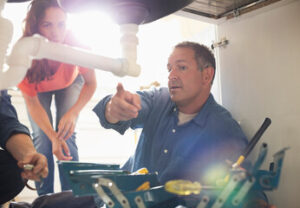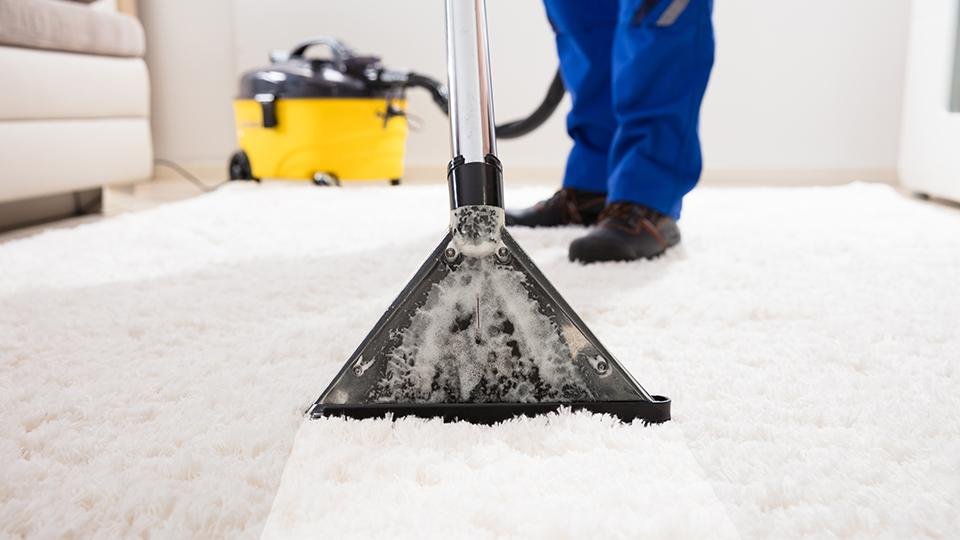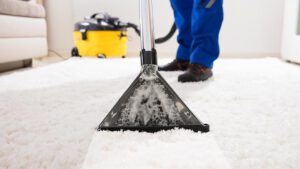Festivals are full of fun, but they can be overwhelming if you’re not prepared. Whether you’re a seasoned festival-goer or a complete novice.
Bring a big folding fan. It’s one of the best ways to get through a crowd and helps you get closer to the front quickly.
Wellington boots can be worn with a variety of outfits to create a stylish look. They are available in a variety of colors and styles, so you can find the perfect pair to match your personal style. You can also use them to protect yourself from rain and snow.
Traditionally, wellies were black or olive drab, but now they come in all sorts of different colors and patterns to suit your style. You can even get ones with a glittery finish, houndstooth pattern, or animal print! These fun prints can be a great way to express your personality and make you stand out in the crowds. You can also wear them with a pair of skinny jeans or leggings, a slogan tee and leather jacket, or a pretty dress. You can also team them with knee socks for extra warmth.
Tape
Music festivals are a fun and exciting way to let loose in the summer sun, but they can also be a bit of a headache if you’re not prepared. With so many things to think about like where to sleep, what to wear and how to keep your belongings safe, it’s important to have some handy festival hacks up your sleeve if you want to make sure you have the best time possible!
A roll of tape is an essential item for any festival goer as it’s super useful for all sorts of different things, from quick tent repairs to patching up ripped clothes – just make sure you bring a waterproof one, like duct or gaffer tape. You can also use it to lock the main zippers of your backpack if you’re worried about thieves.
Showers at music festivals are notoriously hard to come by, but you can save yourself a lot of stress and wait time by bringing a watering can with a hose attachment and some re-usable ice cubes. You can either fill your watering can up with fresh, clean tapwater before the festival and pack it in your bag, or simply fill up a plastic bottle with tapwater, freeze it before you leave home and bring it along to the festival with you.
Folding Stool
A folding stool is a must have festival hack, especially for those who are going to be sitting around for a long time! It will help you keep your legs from getting sore during the daytime and it’s also a lot more comfortable than sitting next to puddles of questionable liquid or someone’s half eaten burrito!
Another great TikTok music festival hack is to bring a small watering can with you. This is because it can be useful for refilling your drinks as well as being a handy way to clean yourself. It’s much better for the environment than using single-use plastic bottles, and it can also save you money!
Finally, it’s worth bringing some vitamin C tablets with you to the festival. These are great hangover remedies and can help to boost your energy levels. They can also help reduce nausea and tiredness. You can find vitamin c tablets at most health food shops, so make sure to pick some up before you go! You should also remember to bring a reusable water bottle, which is great for saving money and reducing waste. Plus, you can fill it up with ice cubes before you leave, which will ensure your drinks are cold throughout the entire festival!
Watering Can
Just as everyone has their favourite pair of pants or a special way to fold towels, so too do most gardeners have their preferred watering can. There are plenty of options on the market, each offering a different watering experience to suit specific gardening needs.
For example, cans with a single nozzle are ideal for houseplants as they let you pour water directly around the plant without sprinkling its leaves or flooding the soil. A long spout, on the other hand, is best suited to irrigating a vegetable patch or lawn as it lets you reach more plants at once.
It is also important to consider how the can will be carried, as this is where you will spend most of your time when using it. Look for a model with handles that wrap around the top and back to avoid putting too much pressure on your arms. Alternatively, choose a can with two-in-one spout designs that allow you to switch between traditional pour and rose spray when needed.
A well-maintained watering can is essential for festival camping, as it will make the whole camping process a lot easier and more comfortable. Be sure to clean your can regularly, either with a small amount of water or a solution of equal parts distilled white vinegar and water.
Bin Bags
The festival season is now upon us and it’s always useful to have some Festival Hacks up your sleeve to make your time there as enjoyable and stress-free as possible. Whether you’re a seasoned music festival goer or this is your first time, these tips will help to ensure that your weekend goes off without a hitch.
Bin bags are an essential festival item that will come in handy for all sorts of reasons. They’re great for keeping rubbish separate and can also be used as emergency ponchos if the weather turns nasty. They can also be taped over a pair of trainers to create a make-shift pair of wellies, or even as a cover for your tent to stop water and mud coming in.
To find the perfect size of bin bag for your bin, measure the circumference of the top and bottom of the container and add around 20% onto this number to ensure a good overhang and easy tie. You should also choose bin bags that are CHSA accredited as this shows that they have been tested and approved to be able to hold their specified maximum weight capacity. This will prevent the bag from ripping or tearing when it’s being transported around your venue.
Frozen Water Bottles
Music festivals can be an incredible experience, but they’re not without their challenges. Whether it’s the sweltering summer heat, lack of shower facilities or lengthy queues for everything from food to booze, there are plenty of hacks that can help you enjoy your festival experience to the fullest.
One of our favourite festival hacks is to freeze water bottles before the event. This simple but effective trick helps to keep drinks colder for longer and can also double as an ice pack for any food you may have in your cooler. You can use standard water bottles, or you could even try using empty Gatorade and juice bottles – the important thing is that they’re completely dry before you put them in the freezer.
If you’re bringing kids to the festival, you can also get them involved with this science experiment by asking them to sprinkle salt over some ice cubes before placing them in the freezer. This will instantly freeze the water and demonstrates how some liquids defy freezing at temperatures well below their freezing point. It’s also an ideal demonstration for any students learning about weathering and freeze-thaw processes. Frozen water bottles are also used to maintain the freshness of products delivered by Amazon Fresh in Singapore, and they’re 100% curbside recyclable.






